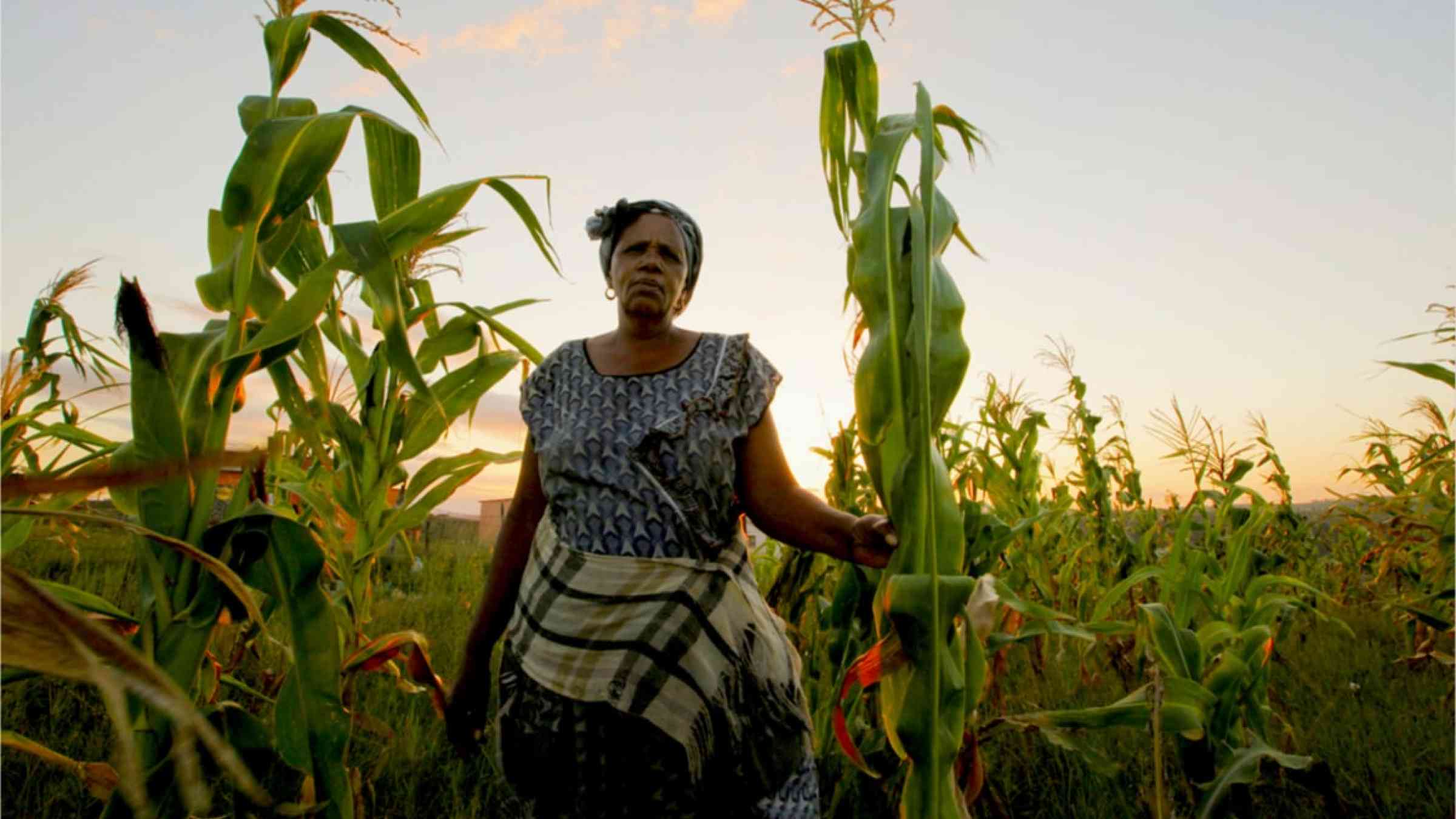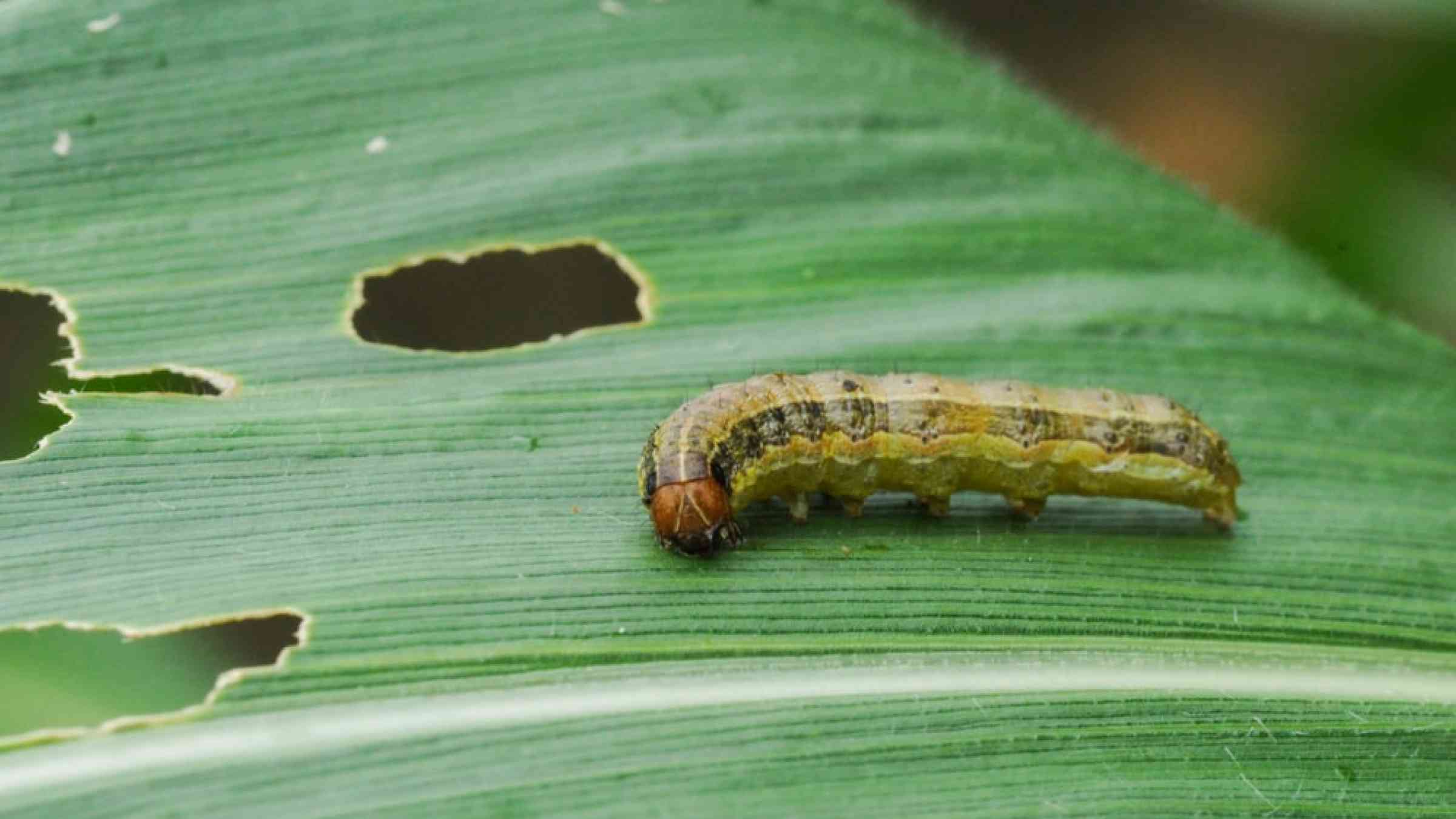Fall armyworm
Image

Introduction
The fall armyworm is an insect that can cause significant damage to crops, especially maize. This collection showcases information about risk assessment, crop variations, integrated pest management, and biological control methods.



